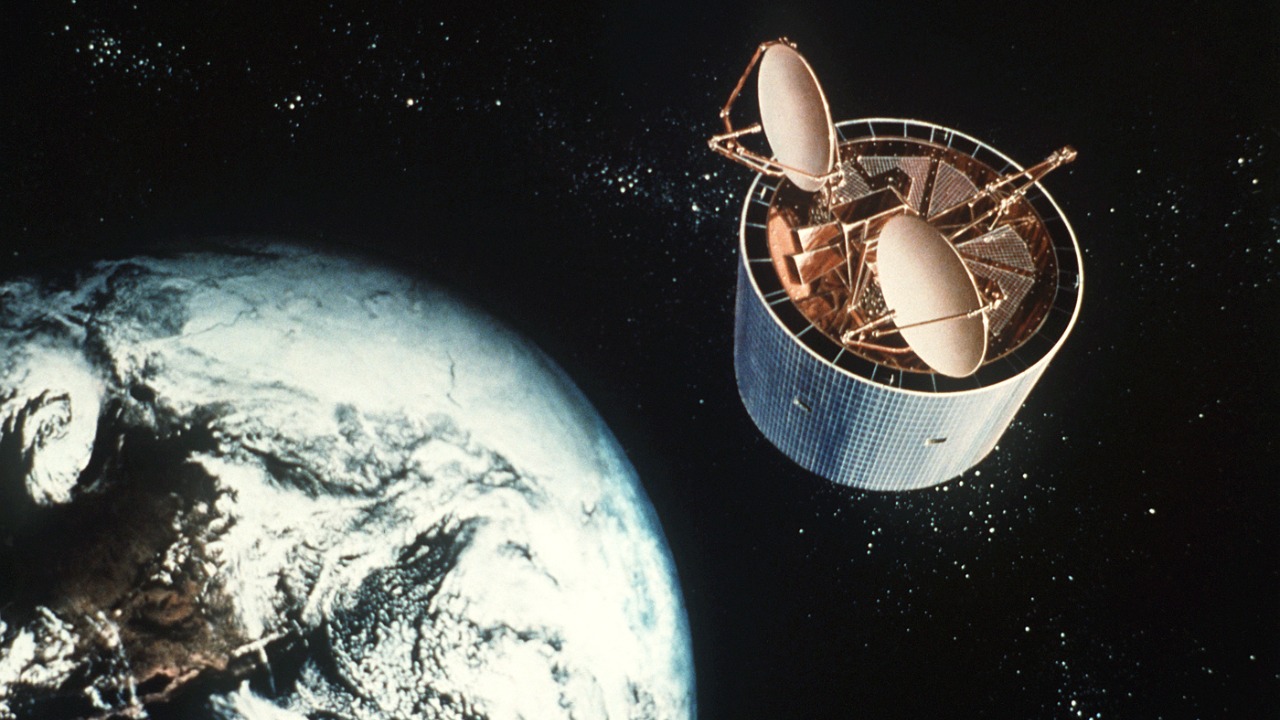
Apple’s satellite connectivity feature is poised to redefine the iPhone experience, building on recent innovations and Android-inspired elements such as enhanced messaging and camera capabilities. This development comes amid leaks hinting at transformative changes for the Apple Watch that could complement iPhone satellite functions. As detailed in recent analysis, this bet positions satellite tech as a core evolution for off-grid reliability in the iPhone lineup.
The Evolution of Satellite Tech in Apple’s Ecosystem
Apple’s journey towards satellite integration began with the introduction of Emergency SOS features in earlier iPhone models. These features laid the groundwork for more advanced satellite connectivity. The iPhone 17 launch on September 10, 2025, accelerated this evolution by incorporating satellite-adjacent connectivity ideas borrowed from Android rivals.
Leaked information from Apple’s September 9 event hinted at potential synergies between the Apple Watch and iPhone for satellite data sharing. This suggests a broader integration of satellite technology across Apple’s ecosystem, extending beyond the iPhone.
Key Features of iPhone Satellite Connectivity
At the heart of Apple’s satellite strategy are core messaging capabilities that enable text and location sharing without the need for cellular or Wi-Fi connectivity. These features were highlighted during the iPhone 17 launch, signaling a significant shift in Apple’s approach to connectivity.
Further expansions are expected to include iMessage and other app support via satellite. However, these advancements will require specific hardware integrations, such as specialized antennas, to ensure seamless satellite handoff.
How Satellite Will Enhance iPhone Usability in Remote Areas
Satellite connectivity opens up new possibilities for iPhone users in remote areas. For hikers and travelers, safety features such as automated distress signals could be a game-changer. The integration of satellite data with existing iPhone apps could also provide weather and navigation updates in areas without traditional network coverage.
Based on leaks from Apple’s September 9 event, these features are expected to offer significant improvements in speed and reliability over previous satellite trials, making the iPhone a more dependable tool in off-grid situations.
Borrowed Innovations: Satellite and Android Parallels
The iPhone 17 launch showcased several features that echo Android’s satellite messaging precedents. However, Apple’s approach differs in its focus on user-friendly refinements and seamless integration within its ecosystem.
While competitors like Google Pixel have their own satellite tools, Apple’s strategy emphasizes privacy enhancements in satellite data transmission, setting it apart in the market.
Integration with Apple Watch and Broader Devices
Based on details from Apple’s September 9 event, it’s clear that satellite connectivity could extend beyond the iPhone to devices like the Apple Watch. This could enable cross-device handoffs for satellite alerts, enhancing the user experience.
Rumors also suggest potential compatibility with other devices in Apple’s ecosystem, such as the HomePod and iPad, indicating a broader vision for satellite connectivity within Apple’s product lineup.
Challenges and Future Rollout of Satellite Features
Despite the promise of satellite connectivity, Apple faces technical hurdles such as signal latency and global coverage gaps. Overcoming these challenges will be crucial for the successful implementation of satellite features.
The rollout timeline, tied to the iPhone 17 launch and beyond, will also be a key factor in the adoption of these features. Speculation surrounds potential subscription models or partnerships for expanded satellite access, although these details remain unconfirmed based on available sources.
Impact on User Safety and Daily Life
As emphasized in analyses of Apple’s Next Big Bet, the potential life-saving capabilities of satellite connectivity in emergencies cannot be overstated. Beyond safety, everyday uses such as remote work connectivity in low-signal zones could also be significantly enhanced.
In the long term, these developments could shift perceptions of iPhone reliability off the grid, further solidifying Apple’s position as a leader in smartphone innovation.
More from MorningOverview